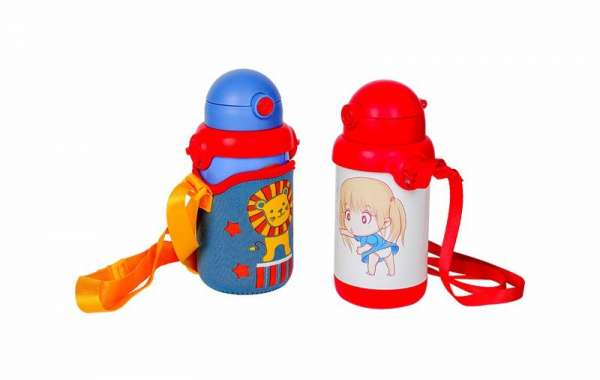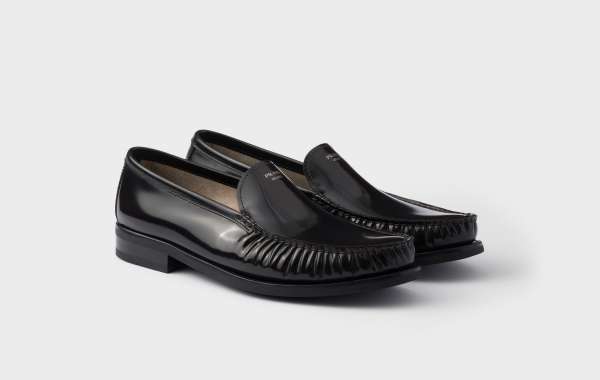Keeping a children plastic water bottle clean is essential for preventing bacterial growth and ensuring safe daily use. Unlike regular cups, these bottles have multiple components—such as straws, valves, and lids—that require thorough cleaning to avoid contamination.
Daily rinsing is the first step in maintaining a children plastic water bottle. After each use, parents should disassemble all parts and rinse them with warm, soapy water. A bottle brush helps reach interior surfaces, especially in narrow-neck designs. For stubborn residues, soaking the bottle in a vinegar-water solution can break down mineral deposits or lingering odors.
Deep cleaning should be done at least once a week. Many children plastic water bottles are dishwasher-safe, but high heat may warp certain components. Checking the manufacturer’s instructions ensures proper care. If hand-washing, a mild detergent and a small brush for crevices effectively remove buildup. Straw cleaners are particularly useful for reaching inside narrow tubes where mold tends to develop.
Drying the children plastic water bottle thoroughly is just as important as washing it. Moisture trapped in lids or straws creates an ideal environment for bacteria. Air-drying all parts upside down on a clean rack prevents water from pooling. Some parents use a dedicated towel to wipe components dry before reassembly.
Replacement of worn-out parts can extend a bottle’s usability. Over time, silicone seals may degrade, or straws might develop cracks. Many brands sell individual accessories, allowing parents to refresh specific elements rather than buying a whole new children plastic water bottle. Regularly inspecting these parts ensures continued safety and functionality.
Storage also impacts hygiene. When not in use, the bottle should be kept disassembled in a dry, cool place. Avoid leaving a filled children plastic water bottle in direct sunlight, as heat can promote bacterial growth and degrade the plastic over time.
By following these maintenance practices, parents can ensure their child’s bottle remains clean, safe, and durable. A well-cared-for children plastic water bottle not only promotes hydration but also supports long-term health and sustainability.







